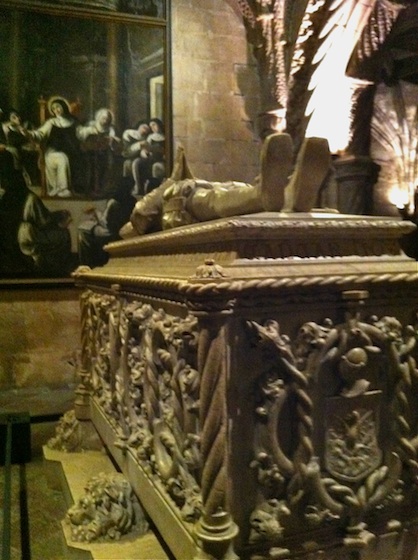
Thanks to a Portuguese couple we met during our 2011 Mediterranean cruise, we were able to visit yet another UNESCO site as we went through a whirlwind tour of Lisbon and stopped at the impressive Jeronimos Monastery which had earned the designation in 1983 due to it being one of the most prominent late-Gothic Portuguese monuments of the Manueline architecture style. Built upon the site of the Hermitage of Restelo originally constructed in 1459 by the Portuguese infante and patron of Portuguese exploration, Prince Henry the Navigator, to house a Christian order of military monks to provide assistance and security to pilgrims passing through the area thanks to the safe anchorage offered by the beach it was situated on. The hermitage would however be in disrepair only forty years later.
It would take famed Portuguese explorer Count Vasco da Gama’s faithful visit with his crew the night before their fateful expedition to the Orient in 1497 which would go on to establish the first direct sea route to Asia and prove a profitable source of income for the royal throne. With his successful return King Manuel I finally received approval from the Holy See to begin construction of a new monastery on the site of the old hermitage, as the church became popular with seaman passing through the port and to be seen as a representation of Portuguese expansionism. Construction however wouldn’t actually occur until 1502, and even then would take a hundred years before it would see completion, though renovations would continue to occur over its lifetime. Vasco da Gama’s entombment however would have to wait until the fourth centenary of his crossing in 1898.
Fittingly a small tax was levied on the commerce from this new trade route, which meant the architects were never limited in the scope of their design or the intricacy of detail. The order of Saint Jerome was selected by the king to become the new caretakers, tasked with not only providing spiritual assistance to the crew departing the port in exploration of the wider world, but praying for the soul of their benefactor. A vigil they would maintain for over three centuries until the religious orders were dissolved in 1833 and the building was vacated. Impressively the monastery would come through the 1755 earthquake relatively unscathed, which would otherwise level large portions of the city along the shoreline.
Our guides told us that the Jeronimos Monestery and surrounding sites were the reason that the nearby Belem Cultural Centre was built in that particular location when Portugal hosted the 1992 Presidency of the European Union.
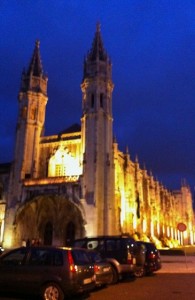
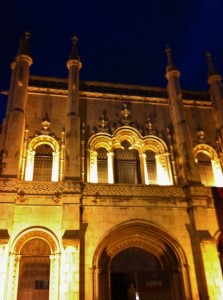
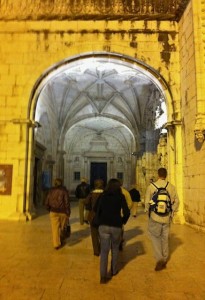
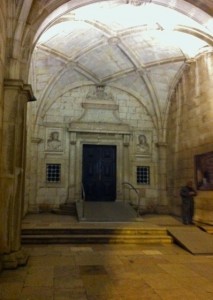
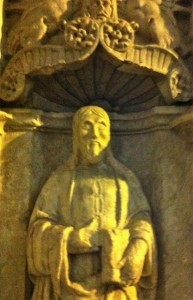
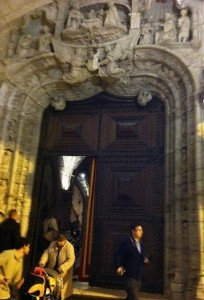
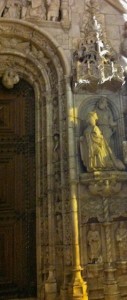
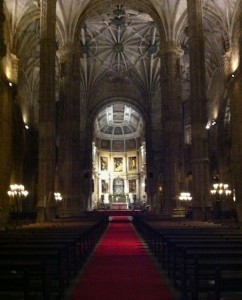
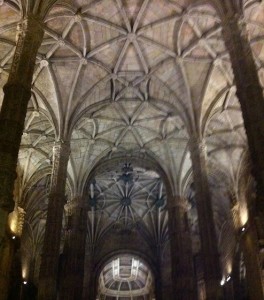
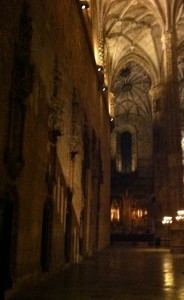
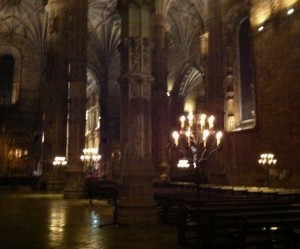
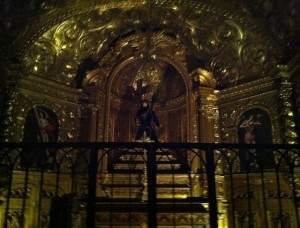
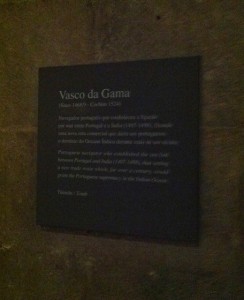
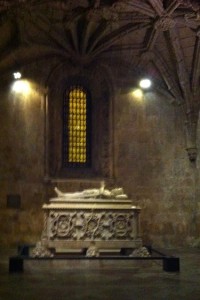
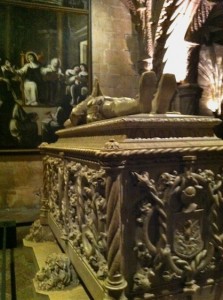
![UNESCO site: Santa Maria de Belem [Repost]](http://www.cultureaddicthistorynerd.com/wordpress/wp-content/uploads/2012/09/nicgary-map-e1348851739664-150x150.jpg)
![Lisbon: Ancient Christian Centre [Photo post]](http://www.cultureaddicthistorynerd.com/wordpress/wp-content/uploads/2013/03/sao-church-150x150.jpg)



![1755 Lisbon Earthquake [Repost]](http://www.cultureaddicthistorynerd.com/wordpress/wp-content/uploads/2013/03/monument-square-150x150.jpg)



































